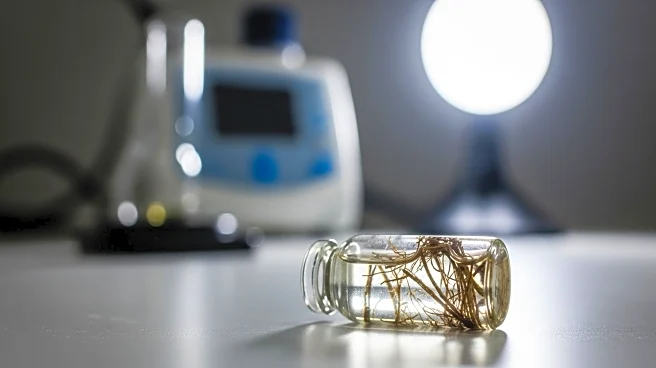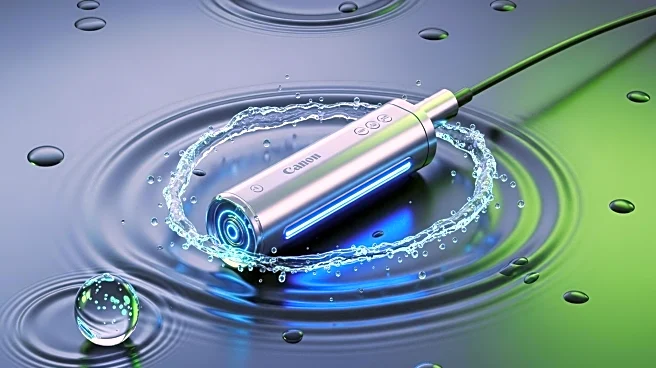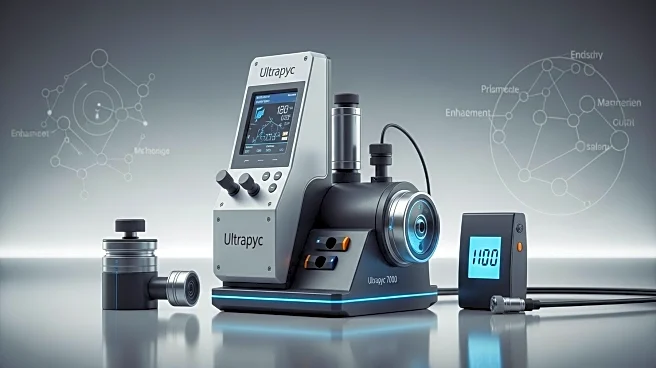What's Happening?
A new hybrid cuprous halide material, TPP3Cu2Br2, has been developed for luminescence lifetime thermometry, offering exceptional water stability and high temperature sensitivity. This innovation addresses the longstanding trade-off between sensitivity and water resistance in metal halide-based thermometers. The material's design integrates hydrophobic organic molecules with [Cu2Br2] dimers, achieving ultrahigh temperature sensitivity and water resistance. This breakthrough allows for accurate temperature sensing in humid or aqueous environments, overcoming limitations of traditional methods that rely on photoluminescence intensity measurements.
Why It's Important?
The development of TPP3Cu2Br2 represents a significant advancement in temperature sensing technology, particularly for applications requiring water contact or high humidity, such as biomedicine and environmental monitoring. The material's ability to maintain luminescence intensity after prolonged water exposure expands the scope of luminescent thermometers to wet environments. This innovation could lead to more reliable and accurate temperature measurements in various fields, enhancing the effectiveness of temperature monitoring in challenging conditions.
What's Next?
The introduction of TPP3Cu2Br2 may prompt further research into hybrid materials for temperature sensing, potentially leading to new applications in underwater industrial sensing and biological tissue monitoring. The material's unique properties could inspire the development of other hybrid materials with similar capabilities, broadening the range of environments where luminescent thermometers can be effectively used.
Beyond the Headlines
The integration of organic-inorganic hybridization in TPP3Cu2Br2 not only resolves the stability-sensitivity dilemma but also highlights the potential for innovative material design in scientific research. This approach could pave the way for future advancements in material science, encouraging exploration of hybrid structures for various applications beyond temperature sensing.











